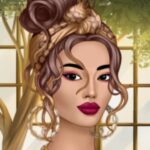3D Illusion with the Model Layer — How to Draw Realistic Clothing
When working in Studio, the Model layer is not just a silhouette, but your 3D guide! Here’s how to use it to create realistic folds, shadows, and volume:
🧍♀️ Follow the body curves
The Model shows the natural shape and pose. Use it as a reference to draw folds that follow the body’s contours — fabric behaves differently on hips, waist, and shoulders.
Example:
When drawing a skirt, pay attention to how it hugs the hips — folds gather near the waist and softly spread downward. If you draw folds without considering the body’s curves, the clothing will look flat and lifeless.
🎨 Add depth with shadows and highlights
Shadows on the model show where the fabric bends or overlaps. Focus on these areas and add shading to enhance volume.
Example:
Sleeves and elbows will have stronger shadows — add darker tones to show fabric bending. On protruding parts (shoulders, chest), add lighter highlights.
🪡 Emphasize fabric tension and looseness
In tight areas (like sleeves or belts), there are fewer folds, mostly tension lines. In loose areas, folds are soft and smooth. Let the Model layer guide you where to add details.
Example:
If you’re drawing a tight-fitting top, there will be fewer folds but noticeable tension lines on shoulders and stomach. For a loose blouse, folds will be wide and soft.
💡 Tip:
Use the toggle to show/hide body parts (arms, wrists, etc.) to see how fabric interacts with the body. Hiding or showing details helps focus on specific areas.











